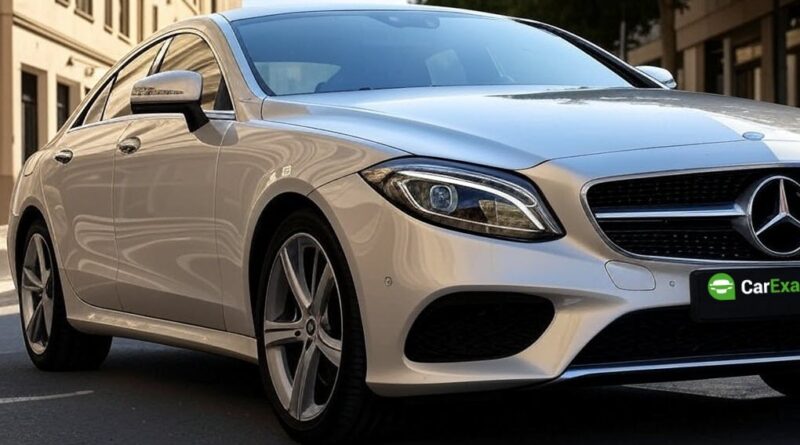Mercedes CLS Problems: What To Know Before Buying
The Mercedes-Benz CLS combines luxury, performance, and sleek coupe styling in a four-door executive sedan. First launched in 2004, the CLS introduced a new design category for Mercedes — the four-door coupe. Known for its premium features and strong engine options, it’s a favorite among drivers who want performance with elegance. However, like any luxury car, the CLS has some known issues, especially in earlier or high-mileage models. If you’re considering a used Mercedes CLS — particularly the C219 (2004–2010), C218 (2011–2018), or C257 (2018–present) generations — it’s important to know the most common Mercedes CLS problems to avoid unexpected repair bills.
1. AIRMATIC Suspension Problems
Many CLS models, especially AMG or higher trims, come with AIRMATIC air suspension. It offers excellent ride comfort but can develop faults with age.
Common symptoms:
- Car sits unevenly when parked
- Suspension fault warning on dashboard
- Bumpy or sagging ride
Air suspension repairs can be expensive. Always check for leaks or unusual ride height before buying.
2. Engine Oil Leaks
Some CLS models, particularly the V6 and V8 petrol variants, are prone to oil leaks from gaskets or seals.
Signs include:
- Oil spots under the vehicle
- Low oil warnings between services
- Burning oil smell
Common leak points include valve cover gaskets and oil cooler seals. These are often fixable but can be labor-intensive.
3. Transmission Faults
The 7G-Tronic and 9G-Tronic automatic transmissions used in the CLS are smooth but can develop problems without regular servicing.
Look out for:
- Rough or delayed gear changes
- Transmission slipping under load
- Warning messages related to the gearbox
Regular fluid and filter changes (every 40,000 to 60,000 miles) help prevent major issues.
4. Electrical and Sensor Glitches
The CLS is packed with technology — and that means more chances for electrical faults over time.
Typical issues:
- Parking sensor or camera failures
- COMAND system glitches
- Door handle sensors or window issues
- Warning lights from blind spot, lane keep, or adaptive lighting systems
Most faults can be diagnosed and resolved with proper software updates or sensor replacements.
5. Turbocharger Wear (Diesel and AMG Models)
Some diesel and AMG CLS variants can suffer from turbocharger wear, especially in high-mileage vehicles.
Symptoms:
- Whining noise under acceleration
- Loss of power
- Black smoke from the exhaust
It’s crucial to check service history for regular oil changes, as oil starvation is a major contributor to turbo failure.
6. Interior Trim and Comfort Features
The interior of the CLS is high-end, but older models (especially C219 and early C218) can show signs of wear.
Issues include:
- Peeling soft-touch surfaces
- Malfunctioning seat controls or climate seats
- Sunroof or rear blind motor failures
Later models have improved materials, but always test all cabin functions thoroughly.
Final Thoughts: Is the Mercedes CLS a Good Buy?
Yes — the CLS offers a unique mix of luxury, style, and power. When properly maintained, it’s a rewarding and refined vehicle. Later models (especially the C257) are more reliable and feature improved tech and build quality.
Before buying:
- Look for full service history
- Get a full diagnostic scan and pre-purchase inspection
- Check for completed recalls and software updates

